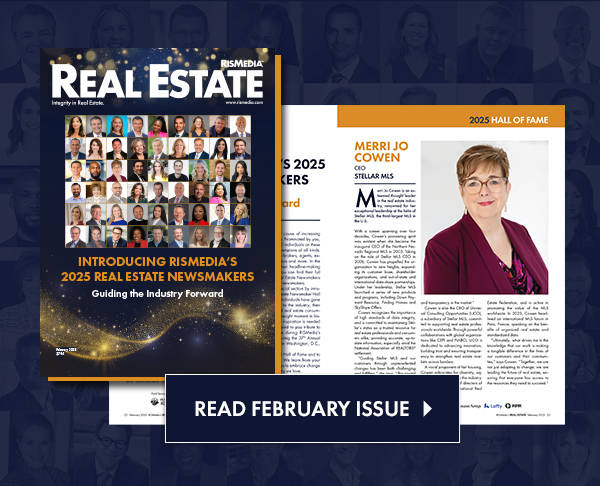Mortgage rates eased this week, but only slightly and still remain at more than double what they were a year ago at this time.
According to this week’s Primary Mortgage Market Survey® (PMMS®) from Freddie Mac, the 30-year fixed-rate mortgage (FRM) averaged 6.66%, down from 6.70% the week before.
This week:
- 30-year fixed-rate mortgage averaged 6.66% with an average 0.8 point as of October 6, 2022, down from last week when it averaged 6.70%. A year ago at this time, the 30-year FRM averaged 2.99%.
- 15-year fixed-rate mortgage averaged 5.90% with an average 1.0 point, down from last week when it averaged 5.96%. A year ago at this time, the 15-year FRM averaged 2.23%.
- 5-year Treasury-indexed hybrid adjustable-rate mortgage (ARM) averaged 5.36% with an average 0.3 point, up from last week when it averaged 5.30%. A year ago at this time, the 5-year ARM averaged 2.52%.
What the experts are saying:
“Mortgage rates decreased slightly this week due to ongoing economic uncertainty,” said Sam Khater, Freddie Mac’s chief economist. “However, rates remain quite high compared to just one year ago, meaning housing continues to be more expensive for potential homebuyers.”
Realtor.com Chief Economist, Danielle Hale, commented:
“The Freddie Mac fixed rate for a 30-year loan remained high, still more than double year-ago levels this week, but took a small step back to 6.66%, down 4 basis points from last week. In the last month, yields on 10-year Treasuries soared from 3.25% to nearly 4.0% before sliding back to roughly 3.75% this week. This volatility stems from uncertainty about how the U.S. and global economies will fare in response to higher benchmark rates set by the Federal Reserve alongside fiscal and monetary policy adjustments abroad. With a wide range of economic possibilities ahead, investors and analysts are looking for clues in each incoming piece of data, which has led to the ups and downs we’ve experienced in recent weeks. Much like a driver navigating dense fog might over-correct when adjusting to changes in the roadway, signs that we are closer to the end of the tightening cycle–such as a surprisingly steep decline in job openings–tend to cause rates to slip, whereas rates bounce higher on signals like robust activity in the services sector.
“While rate increases are needed to tame inflation and alleviate the burden it places on household budgets, higher borrowing costs have caused consumers to think twice about major purchases like homes and cars. This is reflected in housing data which shows that the number of homes for sale continues to climb even as we see fewer new sellers today compared to one year ago. Today’s home shoppers have more choices, but for many, the increased cost of financing and higher home prices mean fewer affordable options. As challenging as it may be to set and stick to a budget in this environment of rising prices and rates, it’s more important than ever to do so.
“A larger share of home buyers are staying on budget by using an adjustable rate mortgage instead of a fixed rate mortgage. With the spread in rates between the two products larger than has been typical over the last 17 years, the upfront monthly cost savings of leveraging this type of financing have never been larger. Whether an adjustable rate mortgage will be the better option over the life of the loan is harder to determine and can depend on factors specific to each homebuyer’s situation.” Hale concluded.












